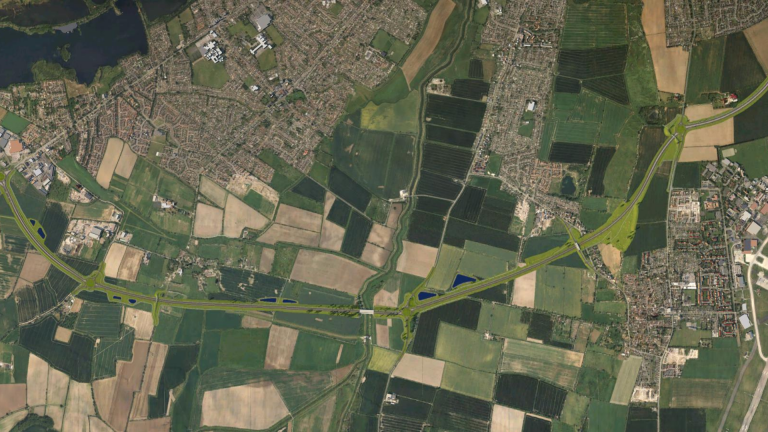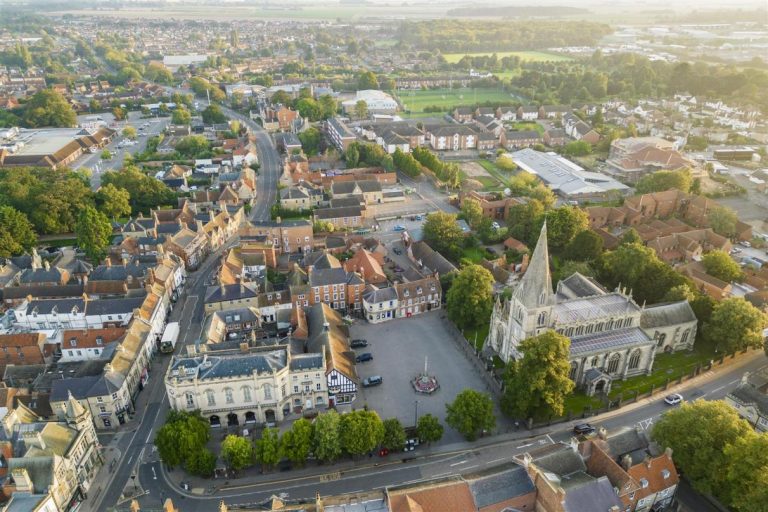The Grimsby Auditorium will be playing host this week, from the 2nd – 6th July, to the wonderful stage adaptation of
Sister Act. We were fortunate enough to be invited to view the show live at the auditorium and can’t sing enough praises as to the performance.
The songs were iconic, the music exceptional, and the story is an old favourite from what many of us would call a better time of cinema. Most impressively, it even features original music not included in the movies, which nonetheless fits incredibly with the show.
The musical is based on the iconic and beloved movie, a sparkling tribute to the universal power of friendship, sisterhood and music which tells the hilarious story of the disco diva whose life takes a surprising turn when she witnesses a murder. Under protective custody she is hidden in the one place she won’t be found – a convent! Disguised as a nun and under the suspicious watch of Mother Superior, Deloris helps her fellow sisters find their voices as she unexpectedly rediscovers her own.
Stage and screen star Wendi Peters plays “Mother Superior” and knocked the ball out the park with her performance. Wendi Peters is best known for her role as the iconic Cilla Battersby Brown in ITV’s Coronation Street, as well as series regular Cook Jenkins in CBBC’s Hetty Feather. Alongside her screen work, her many stage credits include Diane in the European premiere of You Are Here at the Southwark Playhouse, Madame Latour in the National Tour of John Cleese’s Bang Bang, Mrs Baskin in the West End premiere of Big The Musical at the Dominion Theatre, and national tours of The Legend of Sleepy Hollow, White Christmas, Quartet, Oh, What A Lovely War! and Rutherford & Son.
The cast also includes Landi Oshinowo as Deloris Van Cartier, Alfie Parker as Eddie Souther and Ian Gareth-Jones as Curtis Jackson, and Eloise Runnette as Sister Mary Robert, alongside Isabel Canning, Julie Stark, Phillip Arran, Kate Powell, Elliot Gooch, Michalis Antoniou, Callum Martin, Esme Laudat, Amber Kennedy, Harvey Ebbage, Joseph Connor, Ceris Hine, Sheri Lineham, Corrine Priest and Samuel John-Humphreys.
Sister Act has direction by Bill Buckhurst, choreography by Alistair David, Set and Costume Design by Morgan Large, Lighting Design by Tim Mitchell, Sound Design by Tom Marshall and Musical Supervision by Stephen Brooker. Casting is by Stuart Burt.
SISTER ACT THE MUSICAL
Tuesday 2 – Saturday 6 July 2024
Tue – Sat 7.30pm Wed & Sat mat 2.30pm
Pricing
Tuesday – Thursday
£14.00 £27.00 £31.00 £36.00 £44.00
Friday – Saturday
£14.00 £30.00 £34.00 £38.50 £46.00
Theatrecard – Opening Night – half price tickets* (max 4 per theatrecard) & Tue –Thu : £5.00 off* *top two prices only.
Students/ Seniors/ Children – £5.00 off top two prices only. Tue -Thu only.
Student / Seniors – Wed matinee only £25.00, excludes Premium seats.
Groups
Groups 10+ £6.00 off** Groups 20+ £7.00 off** Groups 40+ £8.00 off**
**Tue – Thu only. Top two prices only.












